Preventing CAFO Water Pollution Not An EPA Priority
Inspections continued to decline in 2015.
By Brett Walton
Circle of Blue
Despite designating water pollution from animal waste a national priority, the U.S. Environmental Protection Agency has decreased the number of federal inspections and enforcement actions against animal feeding operations every year since 2012, according to agency data released in December.
EPA inspections of concentrated animal feeding operations (CAFOs) have dropped by more than half in the last three years, from 291 in 2012 to 141 last year. Enforcement actions — the fines and criminal charges deployed against the most egregious polluters — fell from 55 to 26 over the same time period. The decline is steady, reflecting a trend and not a one-year anomaly.
EPA officials argue that CAFO regulation is difficult, requiring multiple site visits and samples in addition to computer modeling to prove that a violation has occurred. They say that most inspections and enforcement are performed by state agencies. But they recognize that federal budget cuts have reduced the agency’s capacity to oversee large feedlots.
Still, they claim that their resolve to address the problem is steadfast. “Our resources are constrained and our inspection numbers have gone down, though this does not reflect a lessening of our commitment to enforcement,” EPA spokesman George Hull wrote in a statement to Circle of Blue. “It also increases the importance of using our resources effectively, through strategic targeting and using new technologies.”
Critics, however, see in the data a confirmation that the EPA is more talk than action when dealing with CAFOs. Nearly 60,000 miles of U.S. streams are classified as “impaired” by the EPA because of animal feeding operations. Livestock in the United States produce three to 20 times the manure that the people do. There is no requirement to treat the animal waste, which results in a tide of nutrients and pharmaceuticals into rivers, stream, and lakes.
“It is not a surprise,” said Brent Newell, legal director for the Center on Race, Poverty, and the Environment, about the decrease in inspections. “Factory farms are never an actual priority. The EPA says they are, but they aren’t.”
Water pollution from agriculture, in general, is handled with a light touch at the federal level. Farm runoff is a primary cause of the toxic algae blooms that appear annually in the Chesapeake Bay, Gulf of Mexico, Lake Erie, and countless smaller waterways. The EPA had to expend significant time and resources last year to complete the Clean Water Rule, which was opposed by the country’s largest farm lobbies. The rule, now on hold by a court order, will clarify which waterbodies are subjected to Clean Water Act regulations.
A Planned Withdrawal
The decline in inspections should not be surprising because the EPA said it would happen. Not necessarily for CAFOs, but for its oversight program more broadly.
In 2012, in the face of waning support from Congress for clean water regulation and the need to maximum its budget and manpower, the agency developed a new strategy. Called Next Generation Compliance, the strategy sought to maintain rigorous pollution standards with 21st century techniques: electronic reporting of data, remote sensing technology to monitor air and water quality from afar, and data analysis to identify problem areas.
The strategy also involved a narrowing of intent. The agency would focus on the worst polluters and the biggest problems. In a five-year plan published in November 2013, the EPA stated that it would reduce the number of federal inspections by one-third and initiate 40 percent fewer enforcement cases.
Justin Pidot, a law professor at the University of Denver who studies the Clean Water Act, called the drop in CAFO inspections “curious” but said that the decline in enforcement actions makes sense given the agency’s new approach.
“I’m not sure the sheer number of enforcement actions necessarily reveals much,” Pidot told Circle of Blue. “The complexity and resource intensiveness of enforcement can vary significantly between cases. If the agency was pursuing fewer, more complex cases a drop in number might not reflect a shift in priorities or resources.”
Political Pressure
In 2011, the U.S. Environmental Protection Agency published its list of National Enforcement Initiatives, an inventory of the agency’s highest-priority pollution problems. Preventing water pollution from animal waste made the list. Animal waste was included in the 2014 update, and it is also proposed for the 2017 edition.
But being named a national priority is not reflected in the inspection numbers. Inspections are on a downward trend for natural gas extraction facilities too.
“Even though the EPA has on paper recognized that factory farms are a big source of water pollution, the agency hasn’t put its money where its mouth is,” Tarah Heinzen, a lawyer with Food and Water Watch, told Circle of Blue.
During the 2008 presidential campaign, candidate Barack Obama pledged that “the Environmental Protection Agency will strictly monitor and regulate pollution from large CAFOs, with fines for those who violate tough air and water quality standards.” In 2012, PolitiFact, the fact-checking website, rated the pledge as a “promise broken.”
The political pressure not to act against CAFOs is tremendous. Farm groups fought vehemently over the Clean Water Rule, 31 states sued to block its implementation, and the Republican-controlled Congress voted last week to overturn the rule. Another obstacle is state control over water pollution permitting programs, which is the case for 46 states. CAFOs that plan to discharge waste to a waterway covered by the Clean Water Act must get a pollution permit.
“In some ways, in programs like these, states with the largest agricultural industries have the greatest number of problems but the least political will to take on the industry directly,” Pidot told Circle of Blue.
The EPA itself treads carefully. The agency’s media relations department took one month to respond to Circle of Blue’s questions, and answered with a prepared statement. It did not reply to follow up questions or allow access to any officials.
“The agency is afraid to use its authority because of a fear that Congress might take it away,” Heinzen said. “It is beaten up and seems to be licking its wounds over an inability to regulate farm pollution.”
Brett writes about agriculture, energy, infrastructure, and the politics and economics of water in the United States. He also writes the Federal Water Tap, Circle of Blue’s weekly digest of U.S. government water news. He is the winner of two Society of Environmental Journalists reporting awards, one of the top honors in American environmental journalism: first place for explanatory reporting for a series on septic system pollution in the United States(2016) and third place for beat reporting in a small market (2014). He received the Sierra Club’s Distinguished Service Award in 2018. Brett lives in Seattle, where he hikes the mountains and bakes pies. Contact Brett Walton

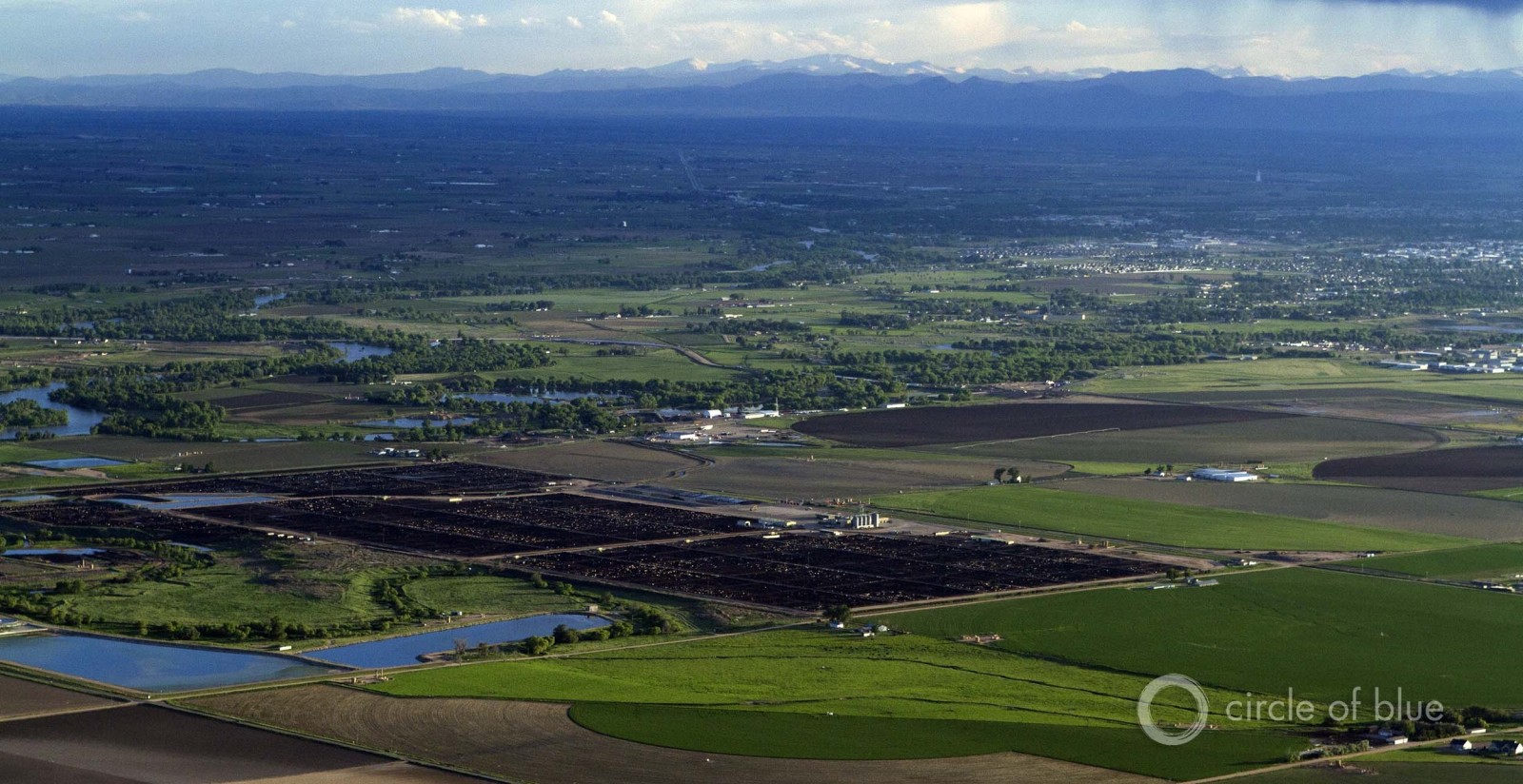
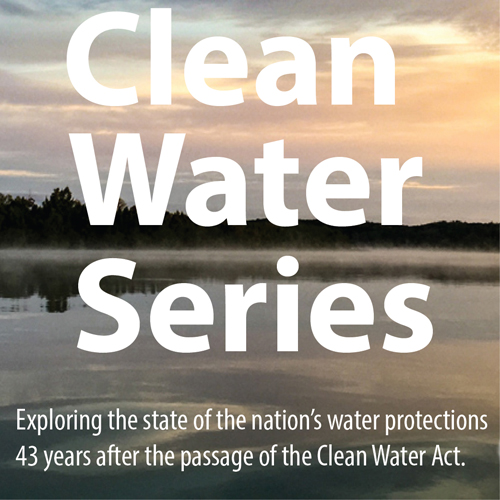

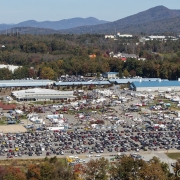
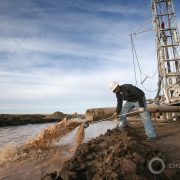
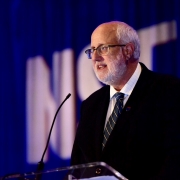

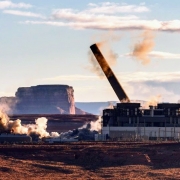



Trackbacks & Pingbacks
[…] environmental policy, is also quite a piece of work. The EPA is already under heavy criticism for weak regulation of pollution from the very kind of large-scale, concentrated livestock favored by Branstad and his […]
[…] environmental policy, is also quite a piece of work. The EPA is already under heavy criticism for weak regulation of pollution from the very kind of large-scale, concentrated livestock favored by Branstad and his […]
Leave a Reply
Want to join the discussion?Feel free to contribute!